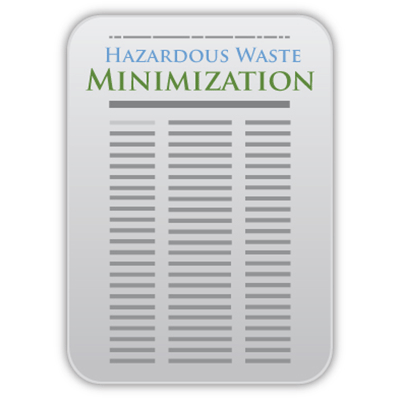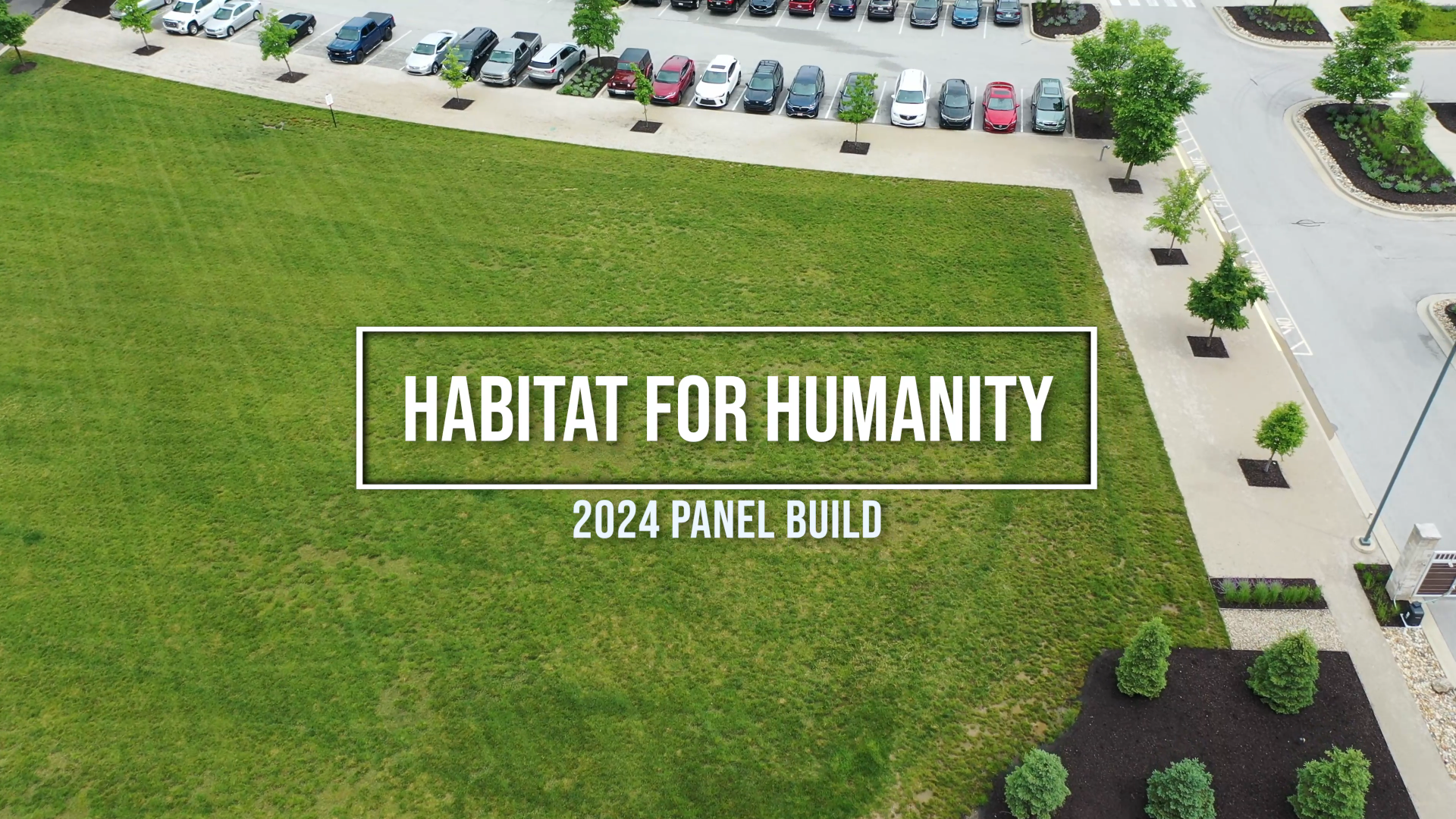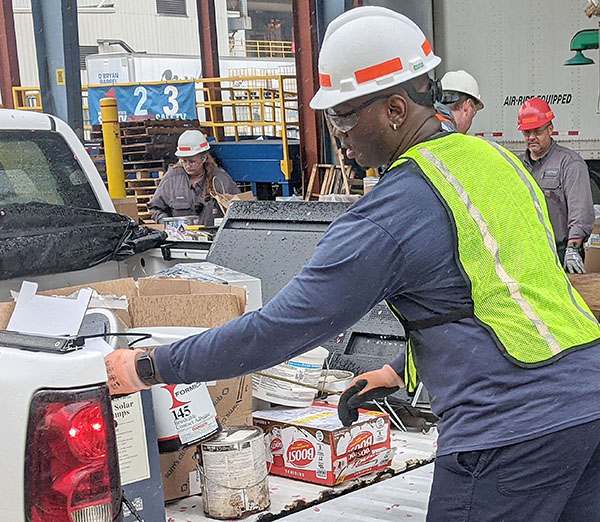
According to the EPA, “the National Waste Minimization Program supports efforts that promote a more sustainable society, reduce the amounts of waste generated, and lower the toxicity and persistence of wastes that are generated.” The program focuses on 31 separate “priority chemicals” found in many of our nation’s wastes and products. The primary focus is on eliminating or reducing the quantity of these chemicals that are produced with a secondary focus on recycling them when reduction or elimination cannot be achieved.
There are a few different tools and methods that can be used to aid in the reduction and elimination of these wastes including, “lean manufacturing, energy recovery, Environmental Management Systems (EMS), and green chemistry.” More information about each of these methods can be found on the Heritage website.
A major player in the minimization game is the hazardous waste reduction plan. A hazardous waste reduction plan (often referred to as a waste minimization plan) is required for all hazardous waste generators. General requirements include:
- Corporate policy statement of support for pollution prevention
- Description of your pollution prevention planning team(s) makeup, authority, and responsibility
- Description of how all of the groups (production, laboratory, maintenance, shipping, marketing, engineering, and others) will work together to reduce waste production and energy consumption
- Plan for publicizing and gaining company-wide support for the pollution prevention program
- Plan for communicating the successes and failures of pollution prevention programs within your company
- Description of the processes that produce, use, or release hazardous or toxic materials, including clear definition of the amounts and types of substances, materials, and products under consideration
- List of treatment, disposal, and recycling facilities and transporters currently used
- Preliminary review of the cost of pollution control and waste disposal
- Description of current and past pollution prevention activities at your facility
- Evaluation of the effectiveness of past and ongoing pollution prevention activities
- Criteria for prioritizing candidate facilities, processes, and streams for pollution prevention projects
These Hazardous Waste Reduction Plans should be updated annually and there should always be a copy onsite. Additionally, while the points above cover national requirements, many states have additional criteria that must be met. By making sure to keep this plan up-to-date and available you can help prevent EPA violations for your company.
More News From Heritage
-
10/14/24
Heritage Environmental Services Announces Timothy Thomas as Chief Operating Officer
Heritage Environmental Services (“HES”), an EQT Infrastructure portfolio company, announced today that Timothy Thomas will join the organization as Ch
-
10/1/24
Heritage Environmental Services Complete Acquisition of EBV from General Dynamics
Heritage Environmental Services, an EQT Infrastructure portfolio company, has completed the acquisition of EBV from General Dynamics.
-
7/31/24
PFAS Regulations: Is 6 the Magic Number?
Learn more about the current and proposed regulation for PFAS and what they mean from our Chief Sustainability and Innovation Officer, Angie Martin.
-
6/27/24
Heritage Environmental Services to Acquire EBV from General Dynamics
Heritage Environmental Servicess, an EQT Infrastructure portfolio company, will acquire EBV from General Dynamics
-
6/13/24
Meet The Facilities – East Liverpool
An inside look at our incineration facility located in East Liverpool, OH
-
5/24/24
Habitat for Humanity 2024
Heritage hosted our 14th annual Habitat for Humanity build this month, partnering with over 50 employees from various THG companies.
-
5/6/24
Date set for the household hazardous waste collection in East Liverpool, Ohio
-
3/12/24
Equal Pay Day – Spotlighting Our Female Drivers








